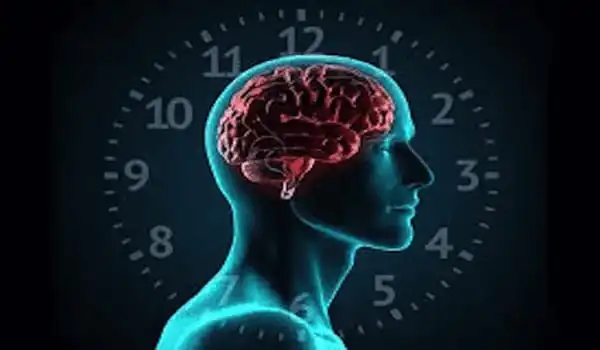Circadian rhythms regulate a vast range of physiological functions in all species, including metabolism. The ability to eat, sleep, socialize, and exercise around the clock is ingrained in our modern lifestyle, but these privileges are associated with increased metabolic diseases and obesity. It is becoming increasingly clear that metabolic homeostasis at the systems level is dependent on precise and collaborative circadian timing inside individual cells and tissues of the body.
A new study led by the University of California, Irvine establishes critical conceptual links across the domains of circadian rhythms, metabolism, and addiction. This new study goes beyond current studies on substance use disorders, which focus on the influence of addictive chemicals on the brain, by highlighting an existing link between certain neurons and peripheral organs.
The study, titled “Dopamine D2 receptor signaling in the brain modulates circadian liver metabolomic profiles,” was published today in the Proceedings of the National Academy of Sciences.
“Our findings provide a link to substance use disorders and metabolic dysfunctions,” Emiliana Borrelli, Ph.D., professor of Microbiology & Molecular Genetics at UCI School of Medicine, who collaborated on this study with the late Paolo Sassone-Corsi, Ph.D., professor of Biological Chemistry at UCI, explained. “Through our research, we investigated how disturbance of normal neural functioning impacts metabolic activity and may shift the body away from homeostasis, which could contribute to the drug-seeking behaviors seen by patients with substance use disorders.”
Our findings provide a link to substance use disorders and metabolic dysfunctions. Through our research, we investigated how disturbance of normal neural functioning impacts metabolic activity and may shift the body away from homeostasis, which could contribute to the drug seeking behaviors seen by patients with substance use disorders.
Professor Emiliana Borrelli
The researchers discovered profound changes in the liver circadian metabolome of mice deficient in the expression of the dopamine D2 receptor (D2R) in striatal medium spiny neurons when compared to control mice by analyzing the liver metabolome of mice deficient in the expression of the dopamine D2 receptor (D2R) in striatal medium spiny neurons. Furthermore, they discovered that acute cocaine administration reprograms the circadian liver metabolome by activating dopaminergic circuits.
“D2R signaling in medium spiny neurons is critical for striatal output and for controlling the first response to cocaine’s cellular and rewarding effects,” stated Borrelli. “As a result, our findings imply that alterations in dopamine transmission in specific striatal neurons cause significant changes in liver physiology. Dysregulation of hepatic metabolism may contribute to an altered allostatic state and hence be involved in drug relapse.”

In clinical practice, it is important to consider circadian rhythms in pharmacokinetics and cell responses to therapy in order to design proper protocols for drug administration. Scientists have arrived at this conclusion after several experiments in animals and in humans have clearly demonstrated that all organisms are highly organized according to circadian rhythms. These temporal cycles influence different physiological functions and, consequently, can influence the pharmacokinetic phases of drugs.
Your circadian rhythm is the pattern of your sleep-wake cycle over the course of a 24-hour day. It aids in the management of your regular sleep and wakefulness pattern. The majority of living organisms have one. Light and dark, as well as other elements, influence the circadian cycle. Your brain receives environmental signals and triggers specific hormones, changes your body temperature, and controls your metabolism to keep you alert or lure you to sleep.
The circadian clock is inextricably linked to metabolism and relies largely on intricate interactions between organ systems to keep time. The disruption of communication between organs and the alteration of rhythmic activities can be caused by genetic and/or environmental factors. Substance abuse alters dopamine transmission, which then reprogrammes circadian gene expression and metabolism in the reward system.
Dopamine D2 receptors (D2Rs) in striatal medium spiny neurons (MSNs) play an important role in regulating diurnal liver metabolic activity, according to this study. Drugs that boost dopamine levels, such as cocaine, also affect circadian metabolic patterns in the liver, which is compounded by D2R signaling loss in MSNs. “These findings reveal a close relationship between neurons/brain areas and liver metabolism, as well as a link between substance use and systemic impairments,” stated Borrelli.
Millions of people worldwide suffer from substance use disorders. Alcohol, nicotine, opioids, and psychostimulants have rewarding characteristics due to their propensity to boost dopamine levels in brain locations that control emotions and produce pleasure. Drug intake modifies neuronal plasticity and is at the start of the process of addiction, which leads vulnerable individuals to continually seek and abuse these substances despite the adverse consequences on their lives.
















